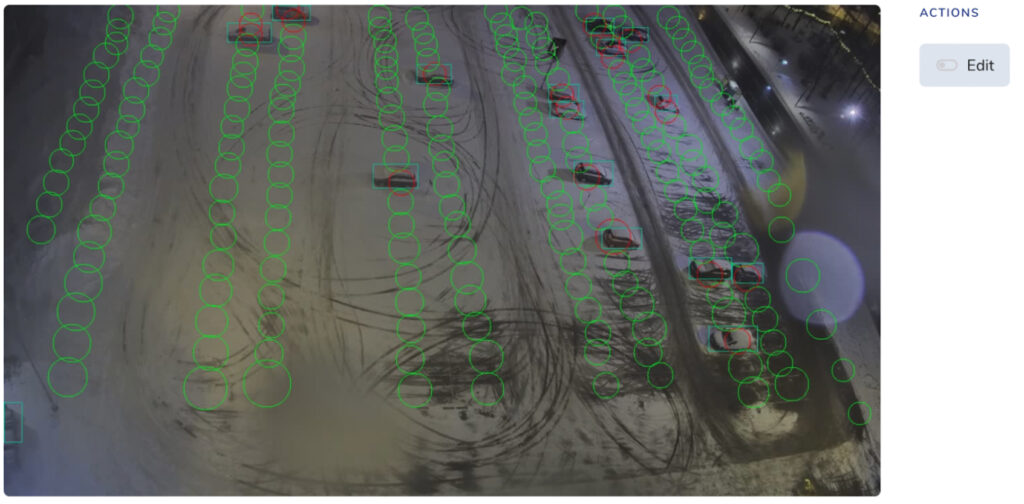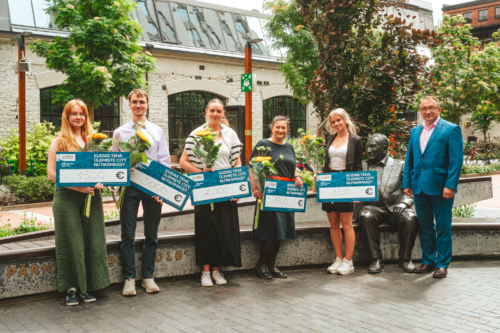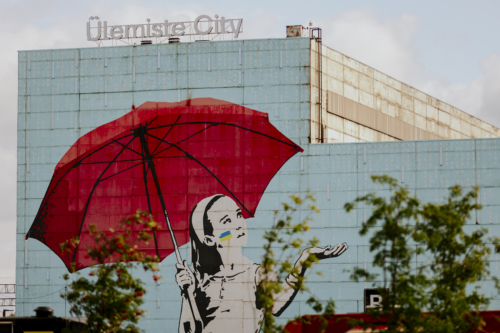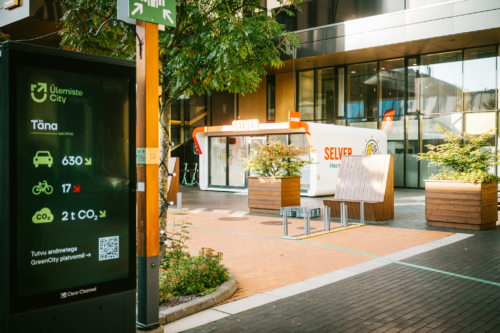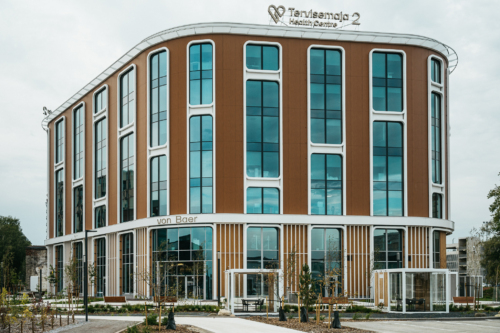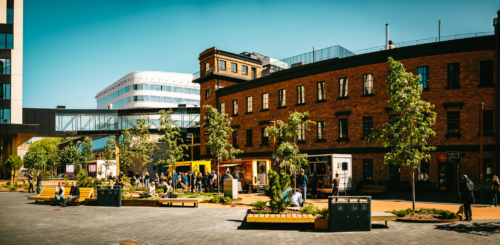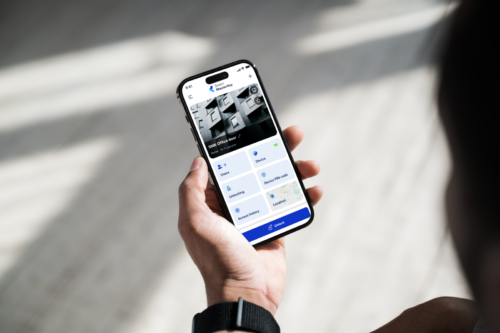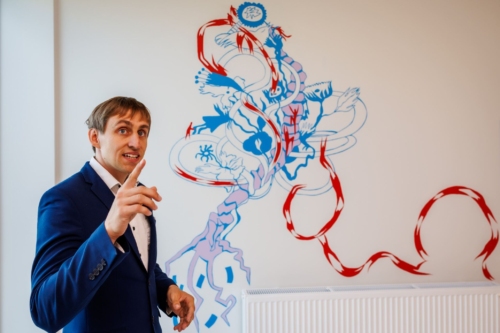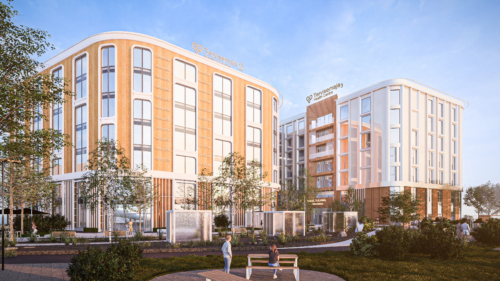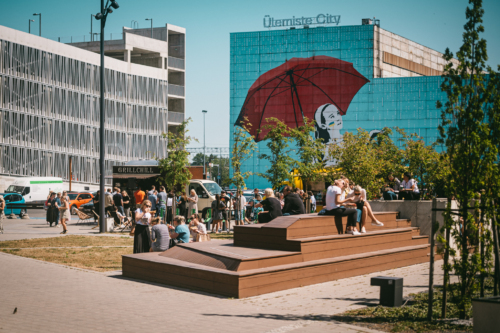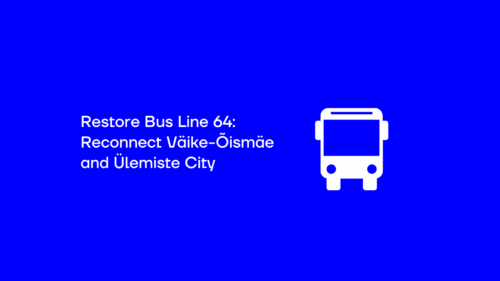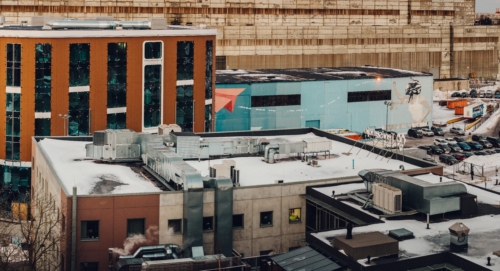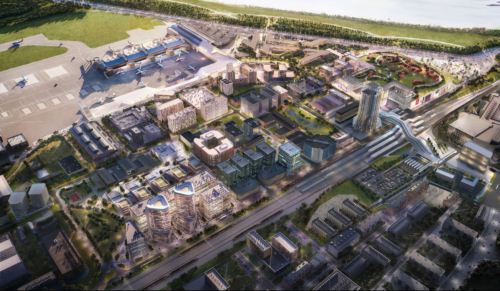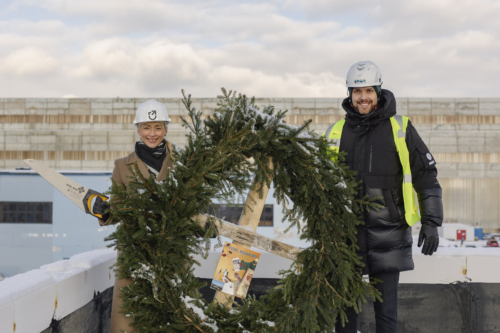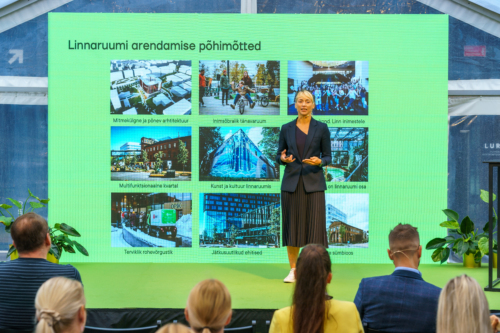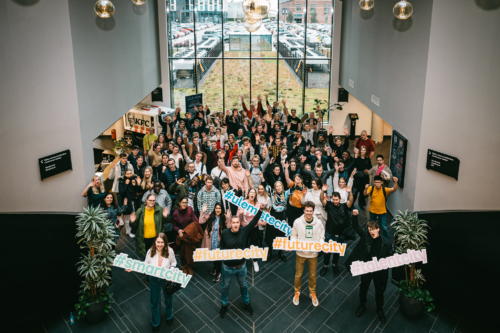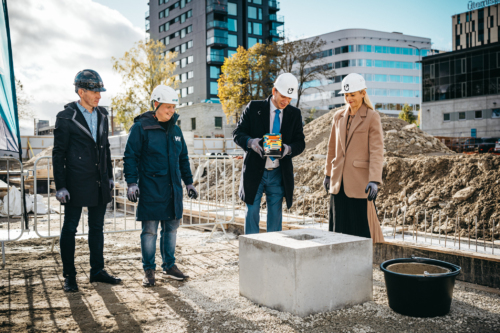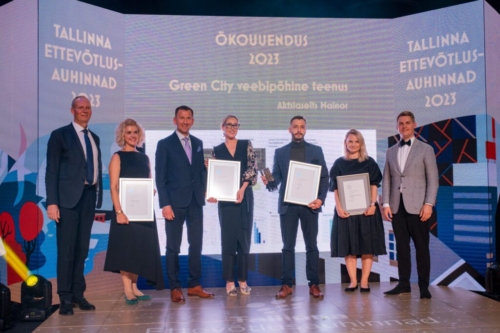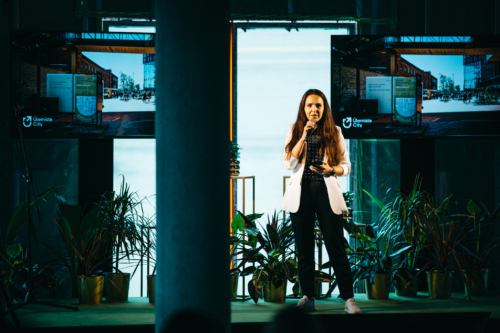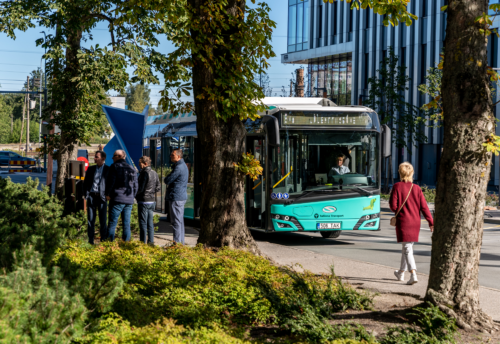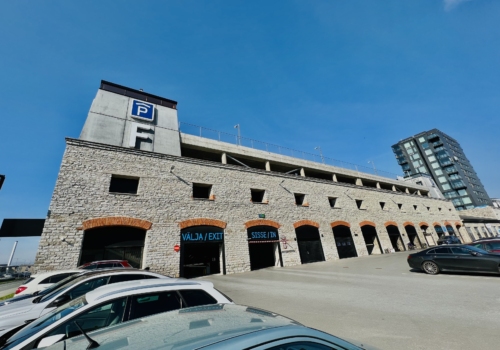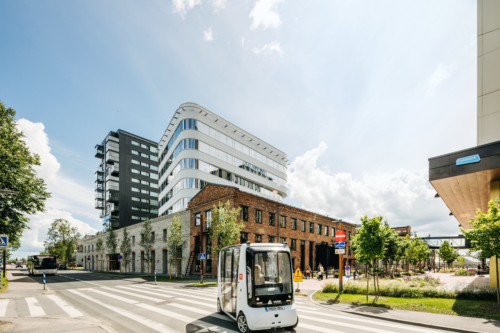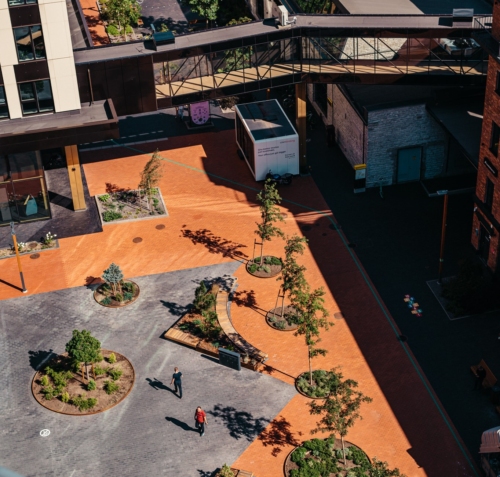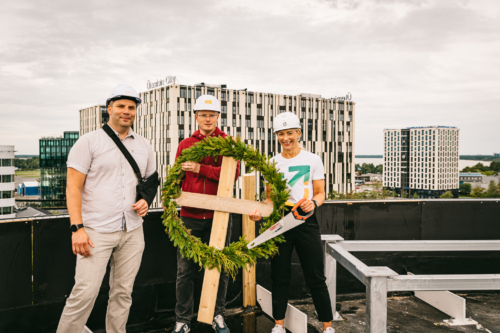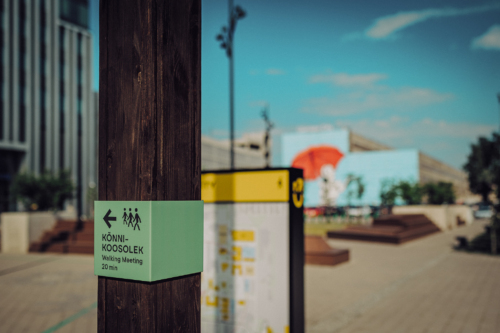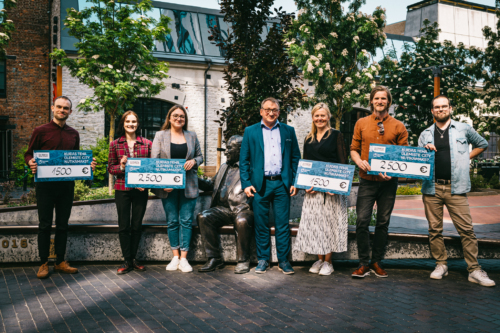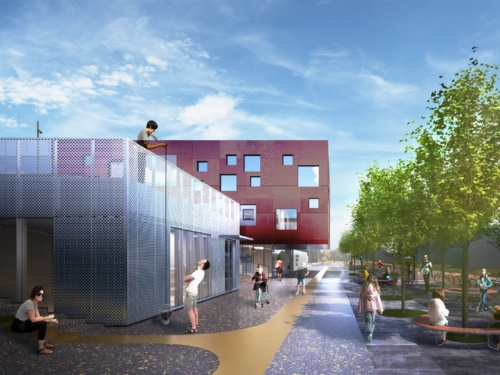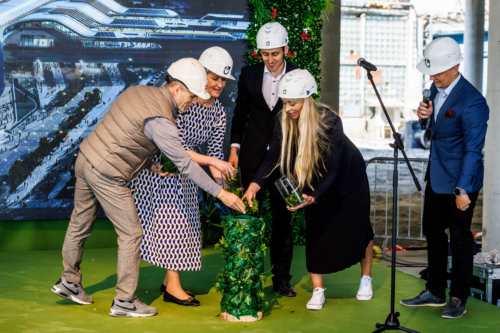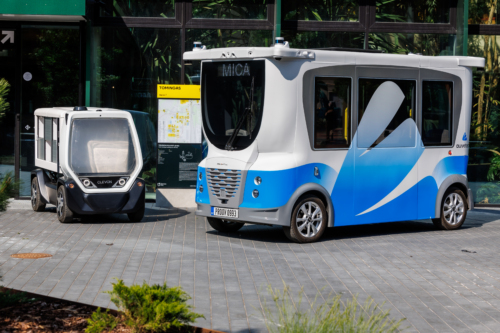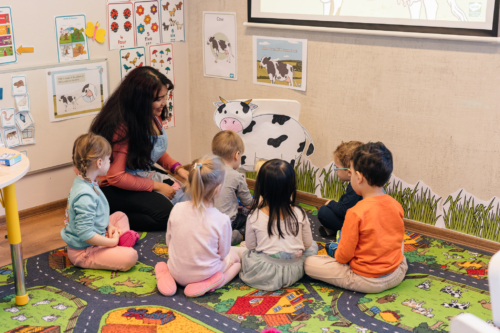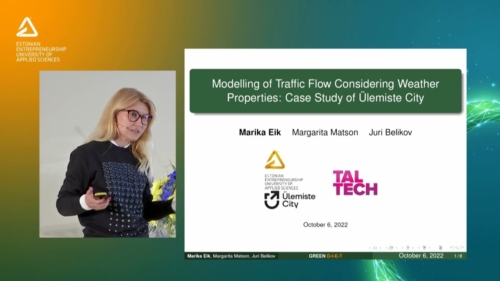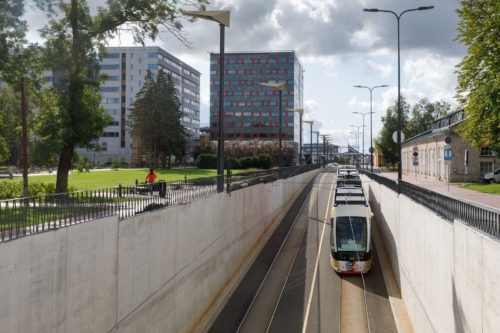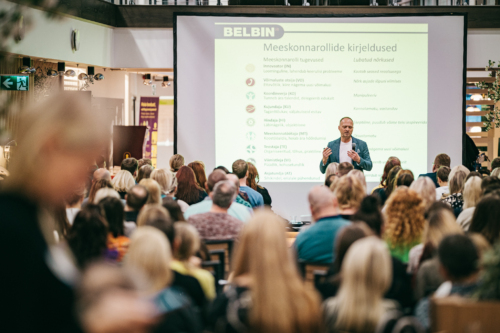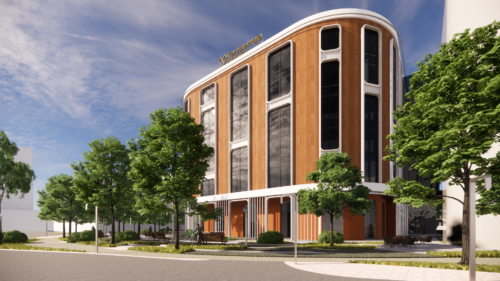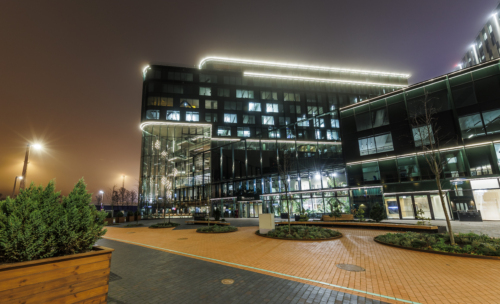Test City X Fyma: How Fyma is used to transform the largest mixed use commercial real estate developments in Northern Europe?
Urban planning is extremely difficult without good empirical data Ülemiste City is a buzzing tech and hospitality hub in Tallinn, Estonia with nearly 500 businesses and 16 000 employees from over 70 countries working, living, and studying here. In fact, based on the labor tax coming in from these business ventures, the contribution of Technopolis to the Estonian economy is in third place after the capital Tallinn and the second largest city Tartu. While the campus is modern, accessible, and has a diverse set of amenities for employees and visitors, the campus was not set up to collect data on how employees and visitors interact with the space. Ülemiste City partnered with Fyma to gain access to real-time, granular data on footfall and vehicle traffic to better gauge demand for office space and amenities as well as test the success of various initiatives and interventions (e.g. bike to work scheme, temporary road closures and so forth). Fyma’s computer vision AI solution tapped into existing security cameras spread across the office campus and answered the following questions:
- How do visitors interact with the green spaces on campus?
- How many bicycles, scooters, cars and trucks use the roads in and around the campus during the week and how does this change during the weekend?
- Curbside management and illegal parking – establish baseline data
- Use of bus shelters and impact of road closures on this
Proactively address community concerns with street-level insights
The site is mixed-use, with office buildings, grocers, a clinic, large hotels as well as a gym and various pubs and eateries located on-site, nearly 2000 parking spaces and tram line to Tallinn’s airport running through it. This means the campus developer has to think like a city planner, making the entire site accessible for pedestrians, cars and other vehicles including buses and international above-ground rail all while reducing congestion and increasing walkability. The developer for the site is keen on maintaining a balance of both optional and necessary activities (in line with Jan Gehl’s design principles) in order to achieve profitability and community’ satisfaction with the site.
The Ülemiste City was designed as a commercial hub that spurs economic activity while also creating green spaces for visitors to gather and play. As a major commercial center, the business campus attracts a large number of visitors arriving in cars leading to congestion during morning and evening rush hours, whilst being very quiet during the weekends. In order to increase day-time activity on campus, Fyma started monitoring a large central park area to see how interventions such as pop-up cafes in there affected footfall and by how much.
The results showed that on the day where food vendors were set up on the site, footfall to the park and this specific area increased by 5x – the event took place in the middle of summer holiday season in early July, which is the quietest time of the year for footfall everywhere in the country. However, we were able to measure how attractive such nudges to get people back to the campus and offer a flexible location for vendors are based on real data. Ülemiste City is using the insights to plan more attractive outdoor sites / modify existing ones to increase footfall outside and will keep using Fyma to continuously monitor the success of these actions.
The Ülemiste City was designed as a commercial hub that spurs economic activity while also creating green spaces for visitors to gather and play. As a major commercial center, the business cFyma is also monitoring modal share and changes in this over weeks and months to understand any changes in trends and how nearby traffic roadworks might be affecting the daily traffic into the campus. There used to be one exit-entry road and this caused daily congestion issues on site, leading to poor tenant attainment, however multiple roads – as well as new office buildings – have been built in recent years and Fyma is monitoring the use of these on a daily basis.ampus attracts a large number of visitors arriving in cars leading to congestion during morning and evening rush hours, whilst being very quiet during the weekends. In order to increase day-time activity on campus, Fyma started monitoring a large central park area to see how interventions such as pop-up cafes in there affected footfall and by how much.
Because Fyma can analyze a specific area of road, rather than just count generic numbers vehicles, it has been possible to understand how many bicycles and e-scooters move on the road vs the pavement, how many trucks pass the campus vs turn in and how this changes with seasons, weekly patterns and – in the past two years – with Covid restrictions also.
The data Fyma is generating is supporting a business case for a large shift towards supporting micromobility vehicles on campus as well as reducing the carbon footprint of the site itself. All new developments are approached with these two core priorities in mind, with Fyma’s data providing pre-scene and post-scene evaluations. There are new bicycle and e-scooter parking stations installed by Bikeep to encourage micromobility vehicles being used and a car park will be turned into a building.
Fyma for parking
Monitoring doesn’t have to be confined to moving vehicles – Fyma can monitor stationary ones too and is also taking care of the site’s nearly 2000 outdoor car parking spaces together with better wayfinding.
A previous AI-vision car parking solution provider had an old system, whereby car parking bays had to be manually re-configured every time the cameras changed position or snow came down on the ground (hiding the lines for bay markings). Fyma’s algorithms look at where cars have historically parked and map out a car park based on this parking behavior, eliminating the need to manually configure thousands of spaces on a map or install any physical sensors whatsoever. Additionally, each parking bay has a GeoJson attached to it, meaning it is possible to navigate not just to the car park, but to the nearest available parking bay in that car park that fits the driver’s requirements (e.g. for disability, EV charging station, a wider family bay).
Fyma’s data is displayed in real time across the campus’ wayfinding system as well as online, which has greatly reduced the amount of time cars look for an available space. In fact, in cases where for just half the cars we save 10 minutes per day looking for a space and idling around we help save around 2.2 metric tonnes of Co2 per month.
Fyma has been built in a way that does not allow for any kind of biometric data gathering whatsoever. The platform ensures privacy on multiple levels: the algorithms have not been trained to detect human faces and have never seen one – they simply look at a silhouette from the neck down; in a flying drone scenario the faces of people are not distinguishable and the AI sees people as a flock rather than individuals.
With Fyma we have started to measure mobility analytics around our business park, which will give us valuable information on people’s movement and behavioural patterns.
The platform is GDPR compliant and an individual’s consent is not needed for analytics gathering as no biometric data is gathered. Fyma does not store any video data – only metadata is kept. Processing takes place in our secure servers in Frankfurt and never leaves the EU.
What’s next for Ülemiste City?
The business campus is ambitious, but also community-minded and putting ESG goals front and centre of everything they do. This is hard without good quality data and we are currently engaged in monitoring the campus’ bike to work initiative as well as some temporary road closures – which be made permanent – depending on what the data shows us.
Commercial real estate has taken a hit due to the ever changing status of the COVID-19 pandemic – to make sure mixed use developments continue to meet users’ demands they require a data-informed understanding of how people interact in these spaces.
